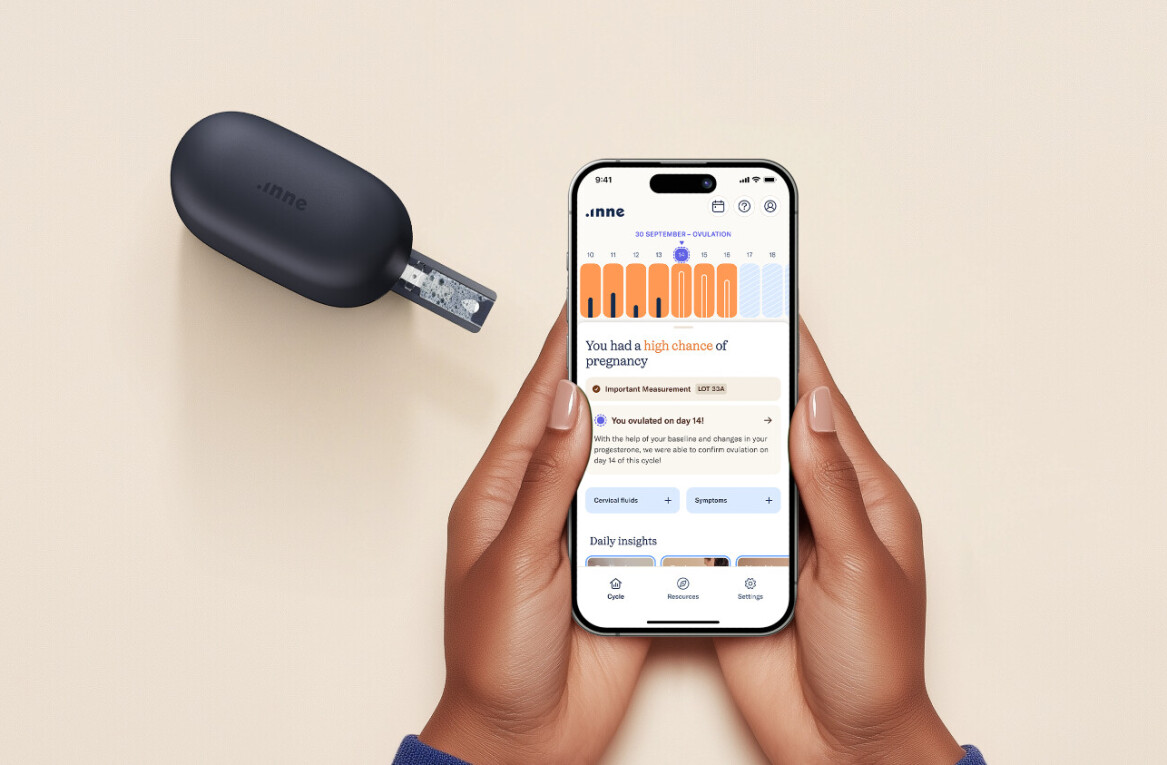
When you first heard about The Great Resignation, what did you picture?
Was it an army of white-collar workers hurling their monitors out the window, tearing up contracts and trashing their swivel chairs?
Because the reality is a little less cinematic. People are burned out, miserable, and racking up more hours than ever before. For many, resigning was their last resort.
The Great Resignation concept gets some things right, and many things wrong. Workers are quitting in high numbers, but they’re not all leaving their jobs for the same reason.
Healthcare workers are burned out; exhausted by long hours and limited resources amid the ongoing pandemic. Knowledge workers are sick of spying bosses and shitty progression paths — they’re looking for better opportunities elsewhere.
Both situations suck, but they’re hardly comparable. Is a nurse experiencing the same Great Resignation as a marketing exec at a startup?
Over the course of the pandemic, many of us have restructured our lives, taking advantage of remote working to spend more time with our families, or on our side hustles.
White-collar workers got a taste of what it’s like to be a remote worker. And businesses discovered that work could continue outside the office, something the digital nomads have known for years.
With the perks, came the pitfalls. The toxicity that silently pervaded the office resurfaced remotely. Bosses installed mouse trackers while they lamented the old days of presenteeism. Trust between employers and employees reached an all time low.
So, with worker protections eroded, trust decimated, stagnating wages, and the fear of catching covid ever-present in the workplace, is it really that surprising that people left their jobs?
If The Great Resignation highlighted one thing, it’s this: there’s an overwhelming gap between what employers provide, and what individuals need from work. And bosses need to rethink not just their hiring practices, but their entire company culture to accommodate the transition.
We spoke with two recent cohorts of Techleap’s Rise Programme for fast-growing scaleups to find out more. As experts in the HRTech-recruitment space, they’ve seen the pitfalls and best practices when it comes to recruiting and retaining talent during these uncertain times.
Respect the shift
There are certain benefits workers will want to hold onto post-covid, like flexible hours and remote working. Other parts, like cramming a monitor into their box-sized home office and working 25% longer each week, need to stop.
To close The Great Resignation gap, employers have to respect how work has transformed in the eyes of their teams.
Niels Arntz, cofounder of gig platform Temper, which connects independent workers to shifts in their area, has seen firsthand how both colleagues at HQ and platform users are engaging with the new world of work.
“The years dominated by the pandemic have stimulated awareness,” Niels told me. “People are realizing it’s actually quite nice to have freedom and flexibility during the work week. People had the chance to explore meaningful questions too, like: Is my work important? Does my manager trust me?”
According to a report by McKinsey, 52% of workers want flexible working options post-pandemic. Before the pandemic, only 30% of workers did.
If you want to attract and retain people, you can’t throw down an Uno reverse card and demand that people work the way that they did before. There’s no going back, baby.
Talk to your staff about the parts of pandemic working that work, and the stuff they don’t like so much. Then build your policies and benefits package based on their ideas.
What’s more, you might not even need to hire anyone at all. There are plenty of experienced freelancers (or FreeFlexers, as the Temper team calls them) out there to help you plug the gaps in your team. A roster of reliable independent workers might even be preferential — you won’t need to add anyone to payroll, just pull in a contractor when you need an extra pair of hands.
Capitalize on ‘raw’ talent
Do you really need a world-leading software designer, or is that your ego speaking? Companies struggling to hire would do well to capitalize on raw talent. Instead of pitching for the people everyone else fights for, seek out skilled recruits from parallel industries.
Otto Verhage is chief of operations at TestGorilla, a pre-employment testing platform that champions candidate experience. He sees first-hand how employers unintentionally create obstacles for great candidates.
“Businesses tend to hire purely based on experience. Employers should look to identify talent where others don’t. They’ll have a better chance of finding someone because there’s less competition.”
The strategy is tried and tested (pun intended) at TestGorilla. Otto mentions that employees don’t need industry experience to secure a role at the company.
“We let everyone apply to our jobs, irrespective of their background. Our skill assessments identify promising candidates that we may not consider if we just use CVs. They open our eyes to diverse candidates.”
Niels also emphasises the benefits of a skills-oriented approach. “When I picture the future of work, I imagine a labor market that’s accessible to everyone. Covid has shown us the importance of flexibility. Let’s embrace it, and empower more people with opportunities.”
In which case, maybe it’s time to stop requesting 10 years of experience for a junior developer role. Be real, pal.
Make every day a learning day
In the UK, 43% of adults jumped on the lockdown learning bandwagon. People are continually seeking out opportunities to test their squiggly little skull organ. Employers that are proactive will get one step ahead of the game and start providing these options themselves.
And when businesses deliver on L&D, they can hire less experienced folks and make them brilliant. People are clearly willing to learn. You just need to give them the opportunity.
According to Otto, “when employers seek candidates outside of their usual scope, they have a better chance of hiring someone. But if you want to turn a maths teacher into a data scientist, there’s quite a lot you’ll need to teach them.”
Businesses that make learning and development an integral part of their offering can also boost retention. According to Gallup’s American Upskilling study, 61% of US workers consider upskilling opportunities as an important reason to stay at their job.
If you’re using a platform like Temper to find experienced independent workers, make sure you’re also including them into the learning opportunities you provide for full-timers.
Although they’re growing in number, freelance and flex workers often get forgotten when it comes to company perks, so it makes a huge difference when employers are willing to provide that for them. But keeping these workers engaged and taking the time to train them in how your business operates can ensure you have a skilled pool of temporary workers to call on when needed.
According to Otto, “The speed of technological development and labor market shifts mean people have to learn all the time. The pandemic created the urgency to keep learning to stay relevant.”
Take it back to basic (needs)
In a sea of employee stocks, stationary stipends, and flexible Fridays, basic employee needs get lost.
Sometimes you just want to hear “great presentation!” or “well done for figuring out how to remove the potato filter!” A little bit of praise goes a long way.
Otto identified this with one of TestGorilla’s pre-employment tools. The platform provides candidates and businesses with a motivation test that assesses if the job matches what the candidate is looking for. They also have a separate test to assess culture add which measures value alignment.
“We know for a fact there’s a list of about 10 job characteristics that are incredibly important to candidates. Things like: Do I have enough autonomy in my job? Do I get enough recognition? Can I work on something end to end? Those things are super important.”
Until employers can meet those basic human needs, they probably shouldn’t aim for the bells and whistles anyway. It’s time to get real about what you want and need from candidates.
While you’re at it, don’t fish from the same talent pool as everyone else. Don’t write off raw talent if they have transferable skills. And for crying out loud — do not list Zoom socials as a perk of the job.
Get the TNW newsletter
Get the most important tech news in your inbox each week.





